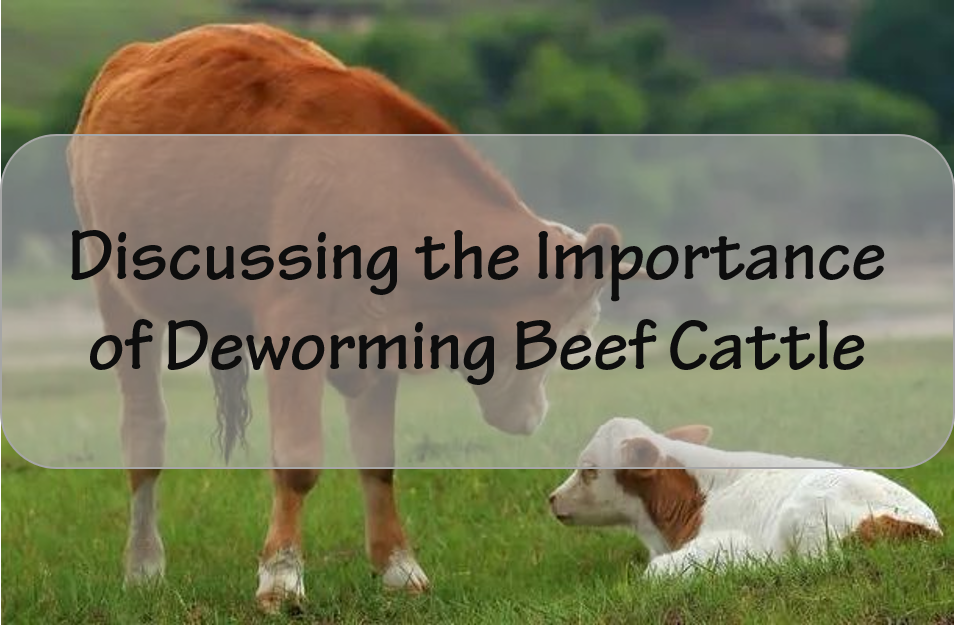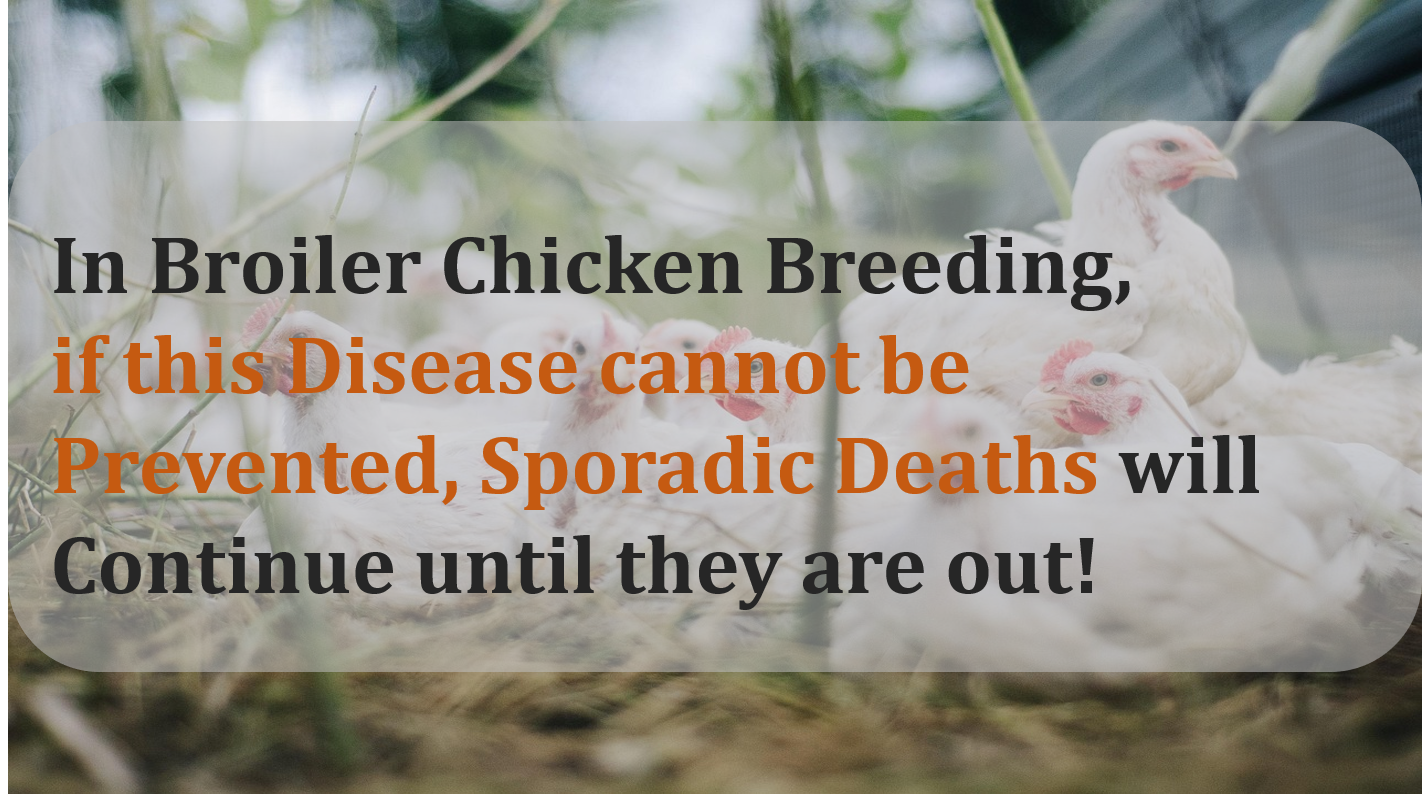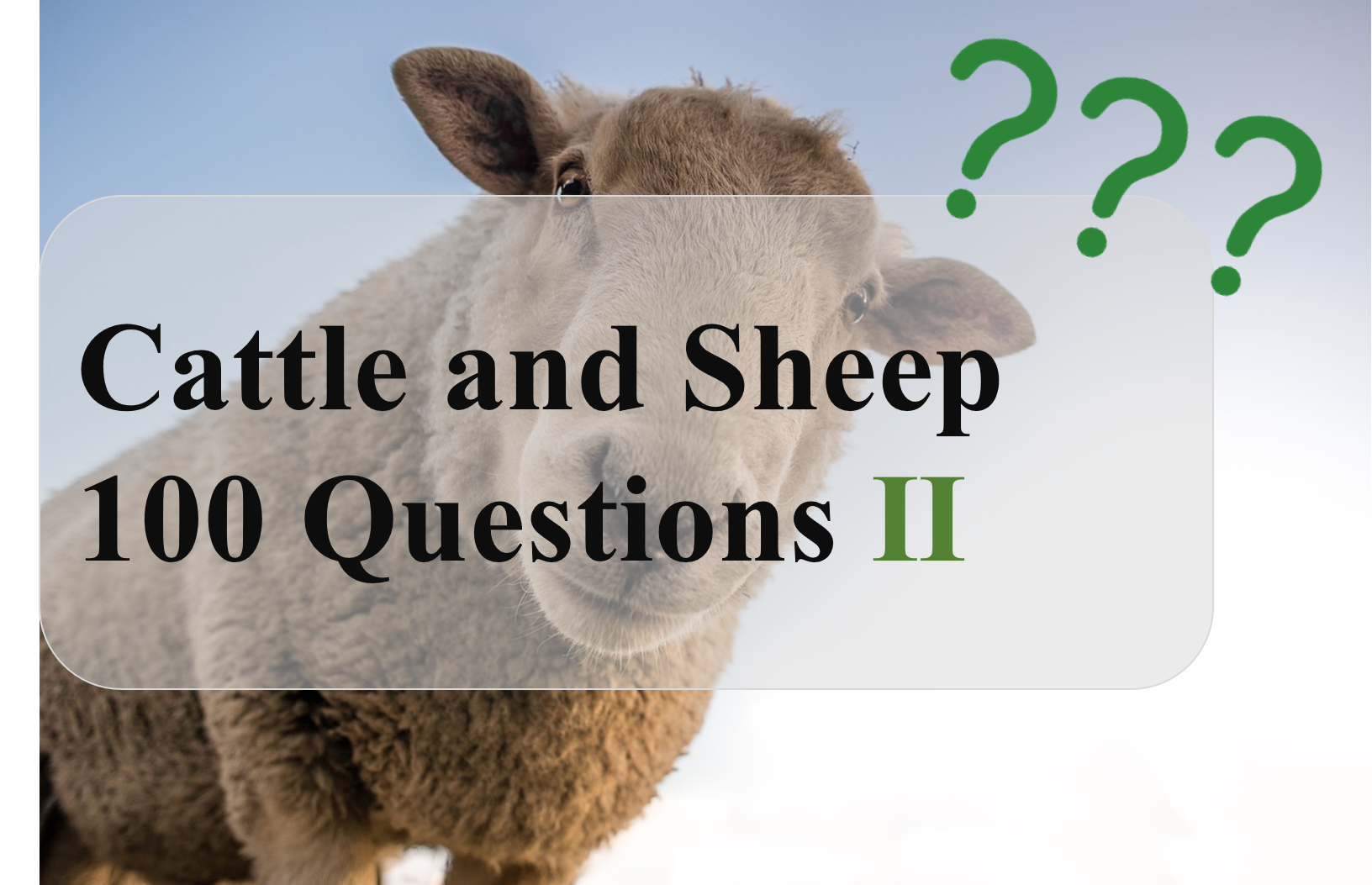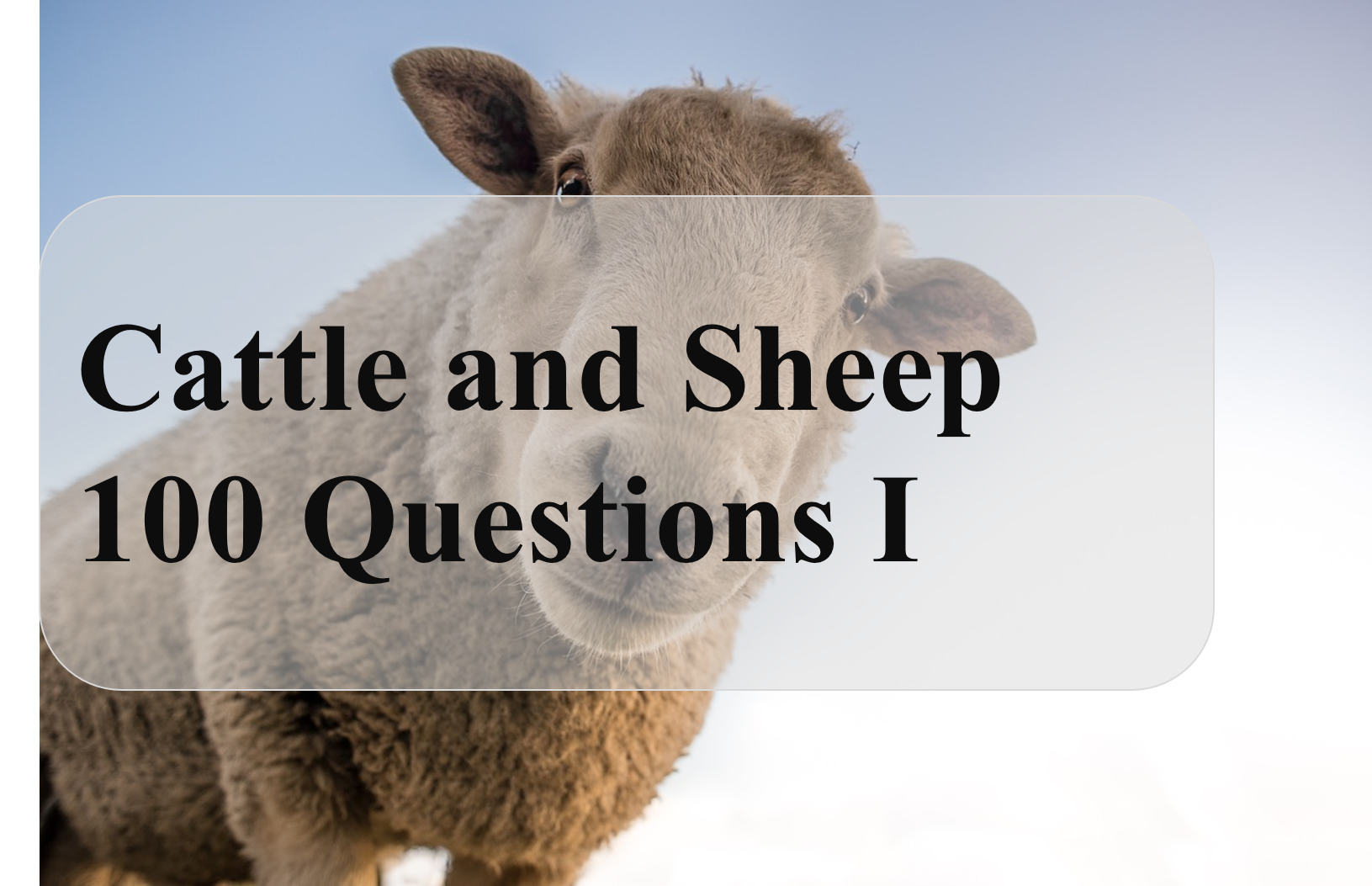|
Mechanism of EGF
The biological function of EGF is achieved by activating EGF receptor (EGFR) on cell membrane, causing intracellular cascade reaction, regulating gene transcription, and regulating cell activities. The EGF receptor is a transmembrane glycoprotein receptor tyrosine kinase composed of about 1200 amino acids.
The EGF receptor protein has five domains: I–V (FIG. 1), four of which are located outside the cell membrane at the N end and one of which is located inside the cell membrane at the C end, anchored to the cell membrane by an α helical single transmembrane structure between domains IV and V(1). There is a protruding binding arm on extracellular domain II, which is loosely bound to domain IV in the state of unbound ligand (EGF), and the binding arm is in the state of inclusion.
Under the action of EGF, EGF forms a complex with the EGFR, and EGF is embedded between domain I and domain III, causing the conformation of domain II to flip about 90 degrees, and the binding arm is exposed in a state that can be bound.
The binding arm that can be bound is cross-linked with another binding arm that is also exposed to the complex, forming a stable dimer. Under the action of dimerization, tyrosine on the intracellular domain is autophosphorylated and EGFR is activated. As an enzyme linked receptor, activated EGFR has enzymatic catalysis. Phosphorylated residues can recruit aptamers, bind tyrosine kinase substrates, cause intracellular cascade reactions, and transmit to the nucleus through multiple signal transduction pathways to regulate gene transcription and expression, and regulate biological processes.
Studies have shown that activated receptor tyrosine kinases play a role mainly through downstream signaling pathways such as mitogen-activated protein kinase (MAPK), phosphatidylinositol 3 kinase, protein kinase pathway, Janus kinase, signal transduction and transcriptional activator. Mitogen-activated protein kinase signaling pathway is an important signaling pathway in eukaryotic signal transmission network, which plays a key role in gene expression regulation and cytoplasmic functional activities. Among the five MAPK signal transduction pathways that have been discovered, ERK1 and ERK2 signal transduction pathways mainly regulate cell growth and differentiation, while JNK and p38 MAPK signal transduction pathways play a role in stress response, inflammation and apoptosis (FIG. 3).
In the signaling pathway of phosphatidylinositol 3 kinase and protein kinase B, phosphatidylinositol 3 kinase is involved in the regulation of cell glucose metabolism, cell growth, proliferation, migration, survival and other cell functions and activities through the downstream molecule protein kinase B.
In the signaling pathway of Janus kinase, signal transduction and activator of transcription, STAT molecule, as an active transcription factor, enters the nucleus to directly regulate gene expression, change the proliferation and differentiation state of target cells, and participate in the regulation of lipid metabolism, cell survival, cell cycle, cell differentiation, apoptosis and other physiological activities. According to statistics, EGF activates about 210 reactions in the cellular pathway through the EGF receptor, involving more than 320 substances. Multiple signaling pathways are cascaded or cross-linked to regulate cell growth, proliferation, differentiation, adhesion, migration, adaptation to environmental stress, inflammation and other important physiological processes(3). A large number of EGF receptors are expressed on the cell membrane of intestinal epithelial cells, and EGF ingested orally regulates the physiological activities of intestinal epithelial cells by activating these receptors, thus improving the structure and function of the intestine. Reference: 1. Kathryn M. Ferguson,Structure-Based View of Epidermal Growth Factor Receptor Regulation,Annu. Rev. Biophys. 2008. 37:353–73 2. Kathryn M. Ferguson,A structure-based view of Epidermal Growth Factor Receptor regulation, National Library of Medicine,available in PMC 2009 Sep 16. 3. M. J. Wieduwilt and M. M. Moasser,The epidermal growth factor receptor family: Biology driving targeted therapeutics,Department of Medicine, Comprehensive Cancer Center, University of California, February 2008 4. Markus Schweiger, Martin Stefflfl, and Werner M. Amselgruber,Differential expression of EGF receptor in the pig duodenum during the transition phase from maternal milk to solid food,Institute of Anatomy and Physiology, University of Hohenheim Journal of Gastroenterology,2003
|
 Discussing the Importance of Deworming Beef Cattle
Discussing the Importance of Deworming Beef Cattle
 In broiler chicken breeding, if this disease cannot be prevented, sporadic deaths will continue until they are out!
In broiler chicken breeding, if this disease cannot be prevented, sporadic deaths will continue until they are out!
 Cattle and Sheep 100 Questions Ⅱ
Cattle and Sheep 100 Questions Ⅱ
 Cattle and Sheep 100 Questions Ⅰ
Cattle and Sheep 100 Questions Ⅰ